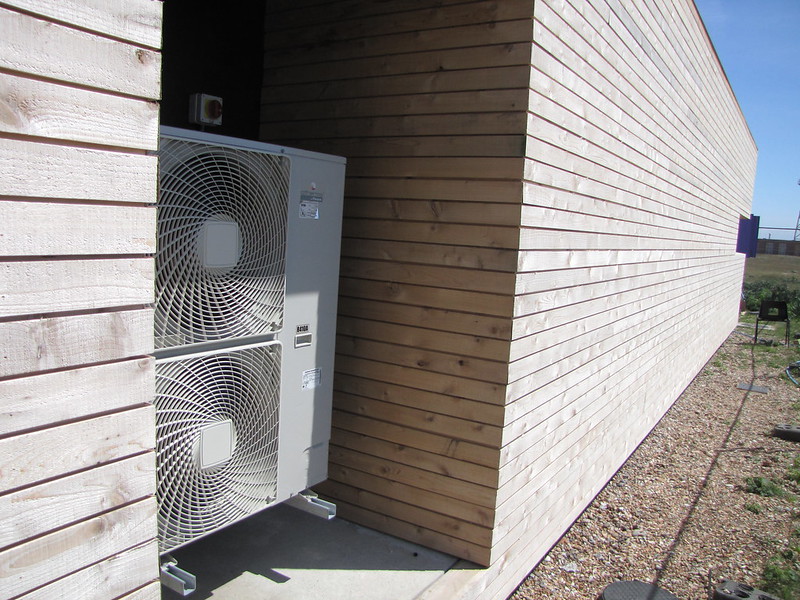Insulating an air source heat pump is crucial for its efficiency and performance, especially in regions with colder climates. Proper insulation helps maintain the temperature of the refrigerant, reducing the energy required to heat or cool your home. This comprehensive guide will provide you with advanced, hands-on details and technical specifications on how to insulate an air source heat pump for DIY users.
Identify the Components that Need Insulation
The key components that require insulation in an air source heat pump system are:
-
Refrigerant Lines: These are the most critical components, as they transfer heat between the indoor and outdoor units. Proper insulation of the refrigerant lines is essential for maintaining the temperature of the refrigerant and minimizing heat loss or gain.
-
Valves: The various valves in the system, such as the expansion valve, reversing valve, and service valves, need to be insulated to prevent heat transfer and maintain the system’s efficiency.
-
Outdoor Unit: The outdoor unit itself should be insulated to protect the components from environmental factors, such as wind, rain, and direct sunlight, which can impact the system’s performance.
Choose the Right Insulation Material
When selecting the insulation material for your air source heat pump, consider the following factors:
-
R-value: The R-value is a measure of the insulation’s thermal resistance. For air source heat pumps, the insulation should have an R-value of at least 3.1 per inch to meet Energy Star standards.
-
Flexibility: The insulation material should be flexible enough to wrap around the refrigerant lines and valves without cracking or tearing.
-
Moisture Resistance: The insulation should be resistant to moisture to prevent the formation of mold, mildew, and corrosion, which can compromise the system’s performance.
Polyethylene foam insulation is a popular choice as it meets these criteria. It is flexible, moisture-resistant, and has a high R-value, making it an excellent choice for insulating air source heat pumps.
Measure and Cut the Insulation
-
Refrigerant Lines: Measure the diameter of the refrigerant lines and cut the insulation to the appropriate length, leaving some overlap for a secure fit. For example, if the refrigerant line has a diameter of 3/4 inch, you would need to use 3/4-inch insulation.
-
Valves: Measure the dimensions of the valves, including any exposed threads or fittings, and cut the insulation to cover the entire component.
-
Outdoor Unit: Measure the dimensions of the outdoor unit and cut the insulation to fit the specific size and shape of the unit, ensuring that all sides are properly covered.
Install the Insulation
-
Refrigerant Lines: Slide the insulation over the refrigerant lines, ensuring a snug fit. Use aluminum tape to seal the seams and prevent air leaks.
-
Valves: Wrap the insulation around the valves, overlapping the edges to create a tight seal. Secure the insulation in place using aluminum tape.
-
Outdoor Unit: Carefully fit the insulation around the outdoor unit, making sure not to obstruct any ventilation openings or airflow. Use aluminum tape to secure the insulation in place.
Protect the Insulation
To prevent degradation of the insulation due to exposure to UV radiation, apply a UV-resistant paint or coating to the insulation on the outdoor unit. This step is particularly important in regions with high levels of solar radiation.
Regularly Inspect the Insulation
Periodically check the insulation for signs of wear, damage, or gaps. Repair or replace any damaged insulation to maintain optimal performance of your air source heat pump system.
By following these steps and paying attention to the technical details, you can ensure that your air source heat pump is properly insulated, improving its efficiency and reducing your energy costs.
References:
– Reddit post on heat pumps in houses without great insulation
– YouTube video on insulating heat pumps
– Article on re-insulating your home before installing a heat pump

